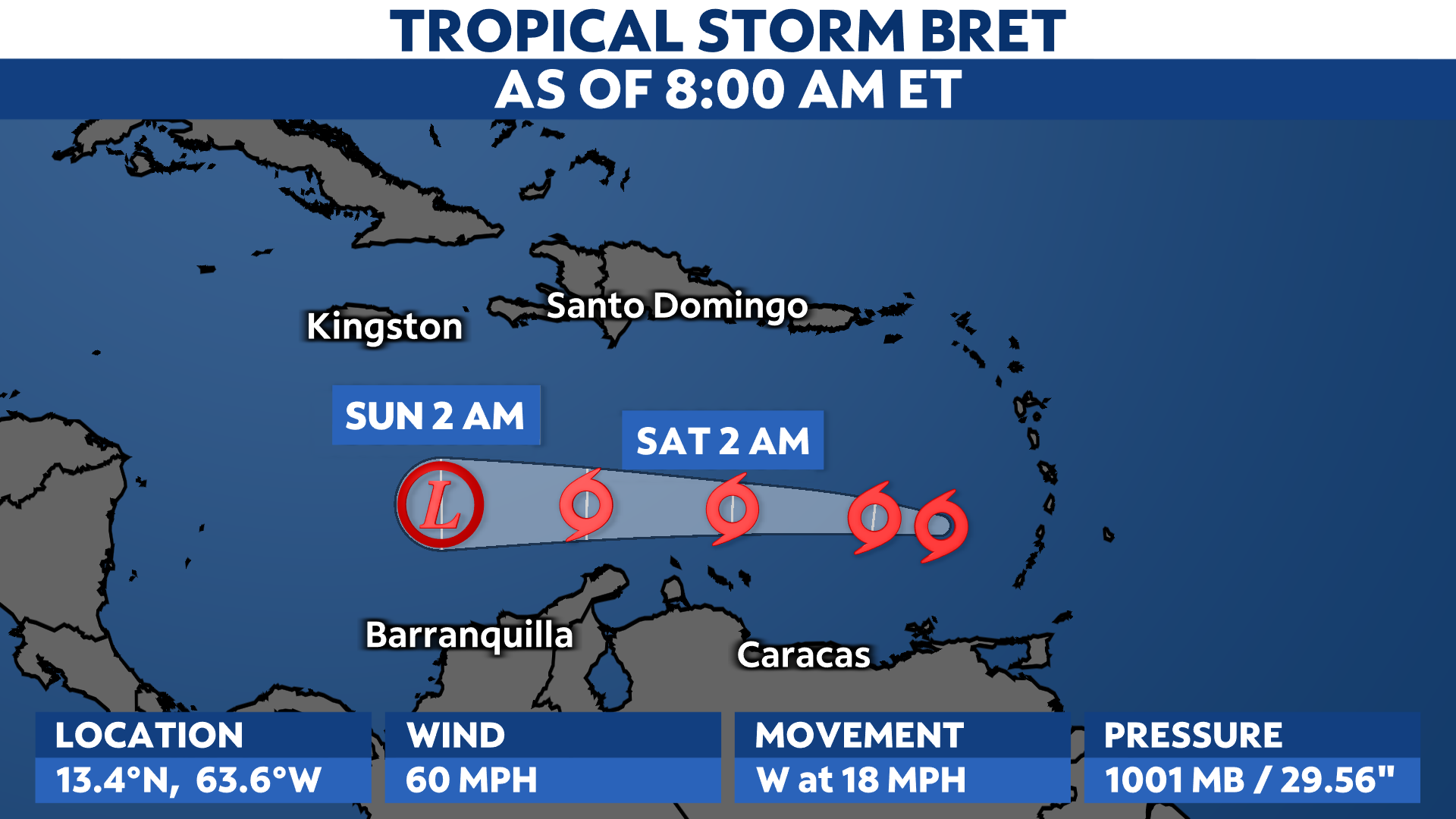One year ago, thousands gathered outside the U.S. Supreme Court as the justices unveiled their ruling in Dobbs v. Jackson Women’s Health Organization, that rolled back the constitutional right to an abortion.
It’s a consequential ruling that couldn’t have happened without a controversial decision by Senator Mitch McConnell, R-Ky., in 2016.
What You Need To Know
- The Dobbs ruling is one of several landmark decisions made by the Supreme Court’s 6-3 conservative majority last term
- The creation of that supermajority dates back to an unprecedented decision made in 2016 by Sen. Mitch McConnell
- McConnell blocked President Barack Obama’s nomination of Merrick Garland to the high court to fill a vacancy after Antonin Scalia’s death
- Since justices have lifetime appointments, the impact of McConnell’s decision will likely will be felt for years to come
People like Bailee Brown, an anti-abortion activist who traveled from Oklahoma to stand outside the court, celebrated the ruling.
“We are made for this moment,” Brown told Spectrum News. “The [anti-abortion] movement was made for this.”
But others fiercely protested the decision.
“If you’re listening and you are feeling the grief, the shock, the disgust, the fury, you are right to do so,” said Sam Goldman, an abortion-rights advocate from Pennsylvania, who was also in the crowd.
The Dobbs ruling is one of several landmark decisions made by the 6-3 conservative majority last term. The creation of that supermajority dates back to a controversial and consequential decision made in 2016 by Sen. Mitch McConnell, R-Ky., who was serving as the majority leader at the time.
McConnell opted to block President Barack Obama’s nomination of Merrick Garland to the high court, leaving the seat vacated after the death of Antonin Scalia open for months.
“Senator McConnell’s efforts to ensure a conservative majority on the Supreme Court have delivered Republicans greater policy victories than they have been able to accomplish through government in the last number of decades,” said Joshua Blank with the Texas Politics Project.
Because McConnell kept the seat open, President Donald Trump was able to appoint three conservative justices in his term: Neil Gorsuch, Brett Kavanaugh and Amy Coney Barrett.
“Sometimes, what you decide not to do is hugely important,” McConnell said. “I’ll give you the biggest example of that during my time as majority leader, was my decision not to fill the Supreme Court vacancy back in 2016 when Justice Scalia passed away, which ended up actually with a Republican, surprisingly, winning the White House being a huge change in the court.”
If Garland had been added to the court, conservatives would still have a majority, but it would be narrower at 5-4 instead of 6-3. That could have been enough to preserve some abortion rights in the Dobbs decision and maybe moderate some of the court’s other rulings last term.
Since justices have lifetime appointments, the impact of McConnell’s decision will likely will be felt for years to come.
“It’s sometimes described as a counter majoritarian institution because the fact that it lags so far behind, and because its makeup has such long lasting and far-reaching consequences,” Blank explained.
Those consequences could be felt in the next two weeks with decisions expected on high-profile cases involving affirmative action, student loans and religious freedom heard by the court this term.




